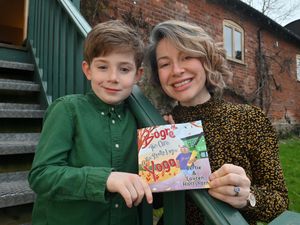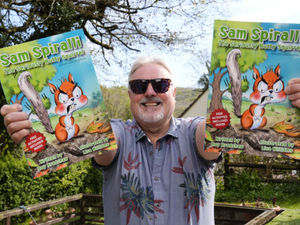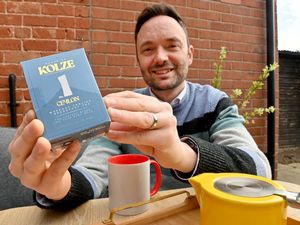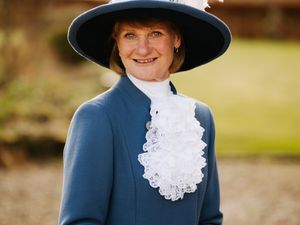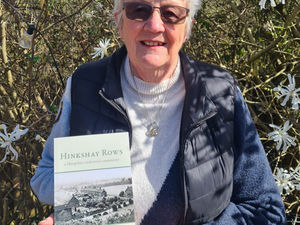Severn redoubt of the lost plotlands
The unkind called them shanties or shacks – ex-Army huts, railway carriages, wooden self-builds, and even a disused cricket pavilion, erected along the River Severn.
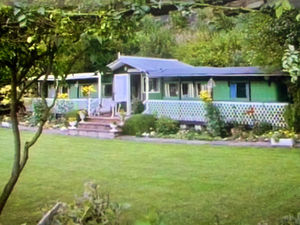
Typically they were a riverside retreat for folk from the Black Country, arising from the "plotlands" phenomenon in the wake of the Great War.
Councils hated them and wanted to sweep them away, but they had stood for so long that they found their hands were tied, and eventually they seem to have become reconciled to their existence.
Many remain today as comfy bungalows, highly individual cabins with a Wild West frontier look which over time have blended in to the landscape and are championed by some as having heritage value and being worthy of conservation.
It is a story which has fascinated Tony Harrold, who has now written a book looking at the "plotlands" at Bewdley and along the Severn Valley stretching from Bridgnorth to Stourport.
"The stretch of river concerned was very difficult to operate as farmland and in those days, there was such a thing as a poor farmer!" he says.
"The farmers let plots of such land to people to camp and slowly there came a migration of Black Country and Birmingham folk, keen to sample the fresh air after the horrors of World War One. During the World War Two bombardment, many stayed on.
"Over time, many councils – this happened all over the UK – wanted rid of the more garish homes, railway carriages, ex-Army ammo huts which were used in some cases, and the plots evolved into pleasant bungalows."
These had been transported to the sites in the first place, and the range of buildings erected showed both diversity and ingenuity.
They included old buses, even an old glider body, and a disused cricket pavilion which was dismantled, taken to a site at Hill Farm, Bewdley, and painstakingly reassembled.
"It still stands now, carefully extended into a pleasant family home."
Tony says: "My book details the many struggles as councils decided they could put the land to better use. It deals with the loss of many such buildings, for good or bad, and the unity and support the occupants found in the community.
"It is hard to put details on how many are left as while some have disappeared some others have evolved into traditional bungalows. At Hill Farm, Bewdley, there is a site of 160 such bungalows that have survived and thrived after various battles – this is the largest plotland area in the Midlands.
"The stories I recount are from relatives that tell heartwarming tales of grandparents escaping the grime of the urban landscapes and building a utopia in the Severn Valley which generations have enjoyed.
"This is no static home site, it is a unique heritage which some councils are now celebrating, The Gower in South Wales for one, and I believe there is another on the River Dee.
"I live in Sutton Coldfield and the hills and valleys of Worcestershire and Shropshire are among my favourite haunts. My wife found one of the homes for sale and we bought it.
"I was amazed at the stories told by residents and amazed that no one had written down this oral history before it is lost forever.
"My book talks of the length of the Severn between Stourport and Bridgnorth but mainly focuses on the enclaves at Hill Farm and Hawkbatch Farm."
Tony's book is called "Hill Farm and the Story of the Bewdley Plotlands"
"It will be launched on September 11 and retails at £8.95. Wyre Forest Books in Load Street, Bewdley, are the first to say they will stock it," he added.

